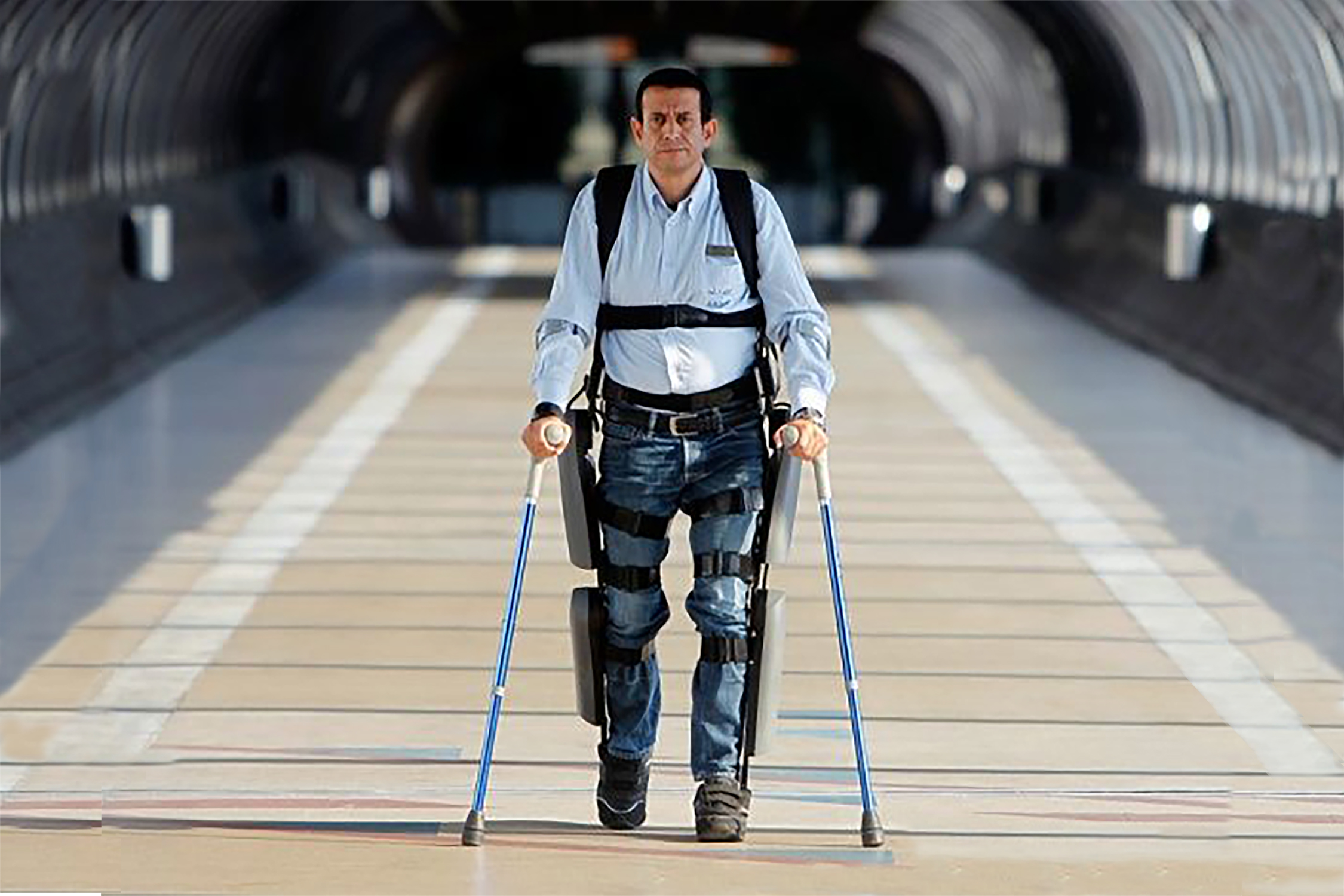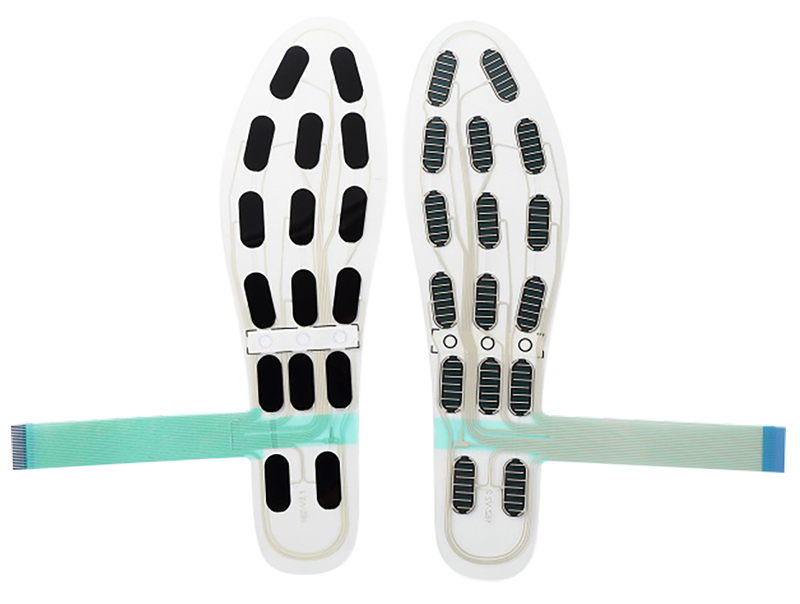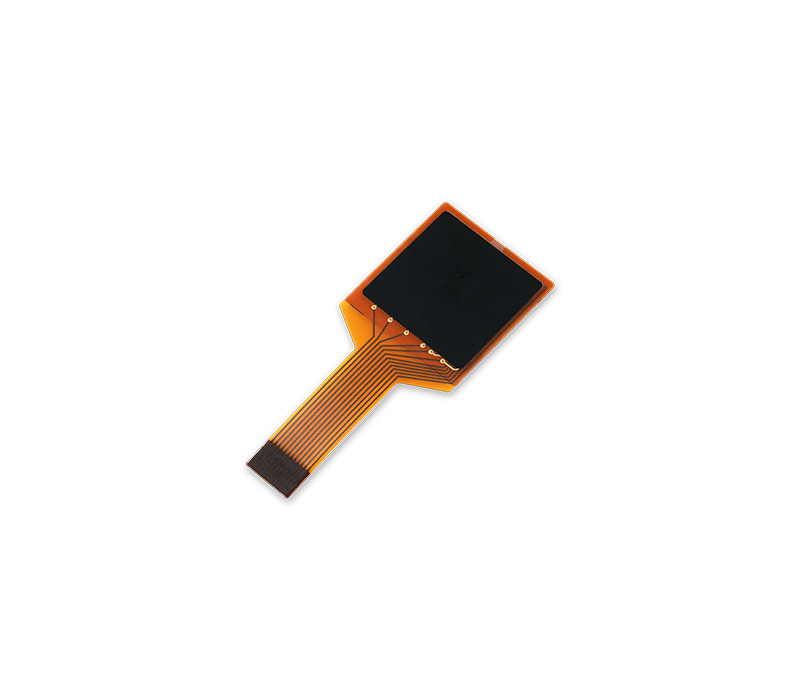Array Sensor
Array sensors can be used for pedometers, gait analysis, foot stress analysis, and foot correction analysis

FS-INS-16Z
Let the machine have human-like skin
Array Sensor
The FSR sensor (Force Sensing Resistor) is a core component of wearable devices, human-computer interaction,
sports & health, smart medical care and Sleep monitoring industries. Now LEGACT to become one of the few domestic grasp this
technology manufacturers. It is more cost-effective and more productive.
Learn What Matters
The flexible array pressure sensor is a resistive sensor and can be used on humanoid robots. It is used to sense the contact, pressure and force of objects, enabling robots to manipulate objects or interact with humans more accurately and safely in physical interactions. It greatly improves the integrity of humanoid robots.


Array Sensor
The flexible array pressure sensor has the characteristics of thin and soft, and provides the technical means to test the contact stress, pressure and its distribution on the contact surface, so it can be selected as the pre-loaded contact pressure/clearance measurement system of laminate structure. For example, it can be used in exoskeleton robots. What are the uses of exoskeleton robots?
1.Improving posture: The exoskeleton robot can help the user maintain the correct posture by monitoring the user’s posture and movement in real time, providing feedback and support, and preventing poor posture or postural injuries caused by wrong posture.
2.Functional correction: The exoskeleton robot can assist people with limited movement for motion correction and functional training. By providing additional support and strength, exoskeletons can help rehabilitators rebuild the function of damaged muscles or joints, increasing muscle strength and range of motion.
3.Gait correction: For people with limited walking or abnormal gait, exoskeleton robots can help users restore normal gait and improve walking ability and stability by adjusting gait parameters, providing gait support and stability.
4.Load correction: The exoskeleton robot can reduce the load of the user in daily activities or rehabilitation training by providing additional load support, reducing the pressure on the joints and muscles, thereby reducing pain and fatigue, promoting rehabilitation and functional recovery.
5.Functional enhancement: Exoskeleton robots can also be used to enhance the user’s body functions, such as increasing muscle strength, improving endurance and flexibility, thereby improving the user’s quality of life and athletic ability.

About LEGACT
Product
FSR Sensor
Array Sensor
Array Pressure Distribution
Smart Sleep Monitoring
Contact Us
Mobile: +86 15813728838
Email: denny@film-sensor.com



.png)